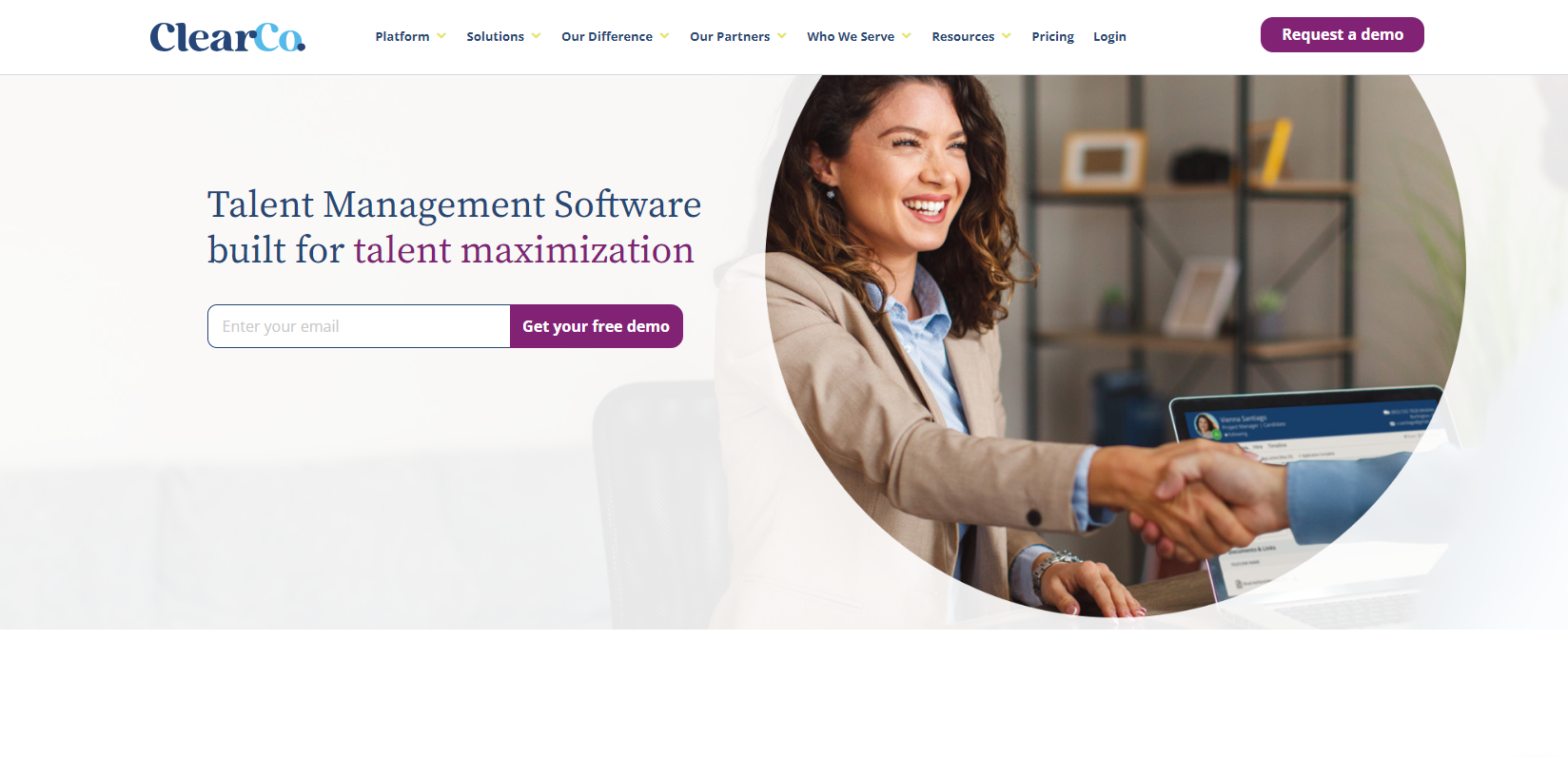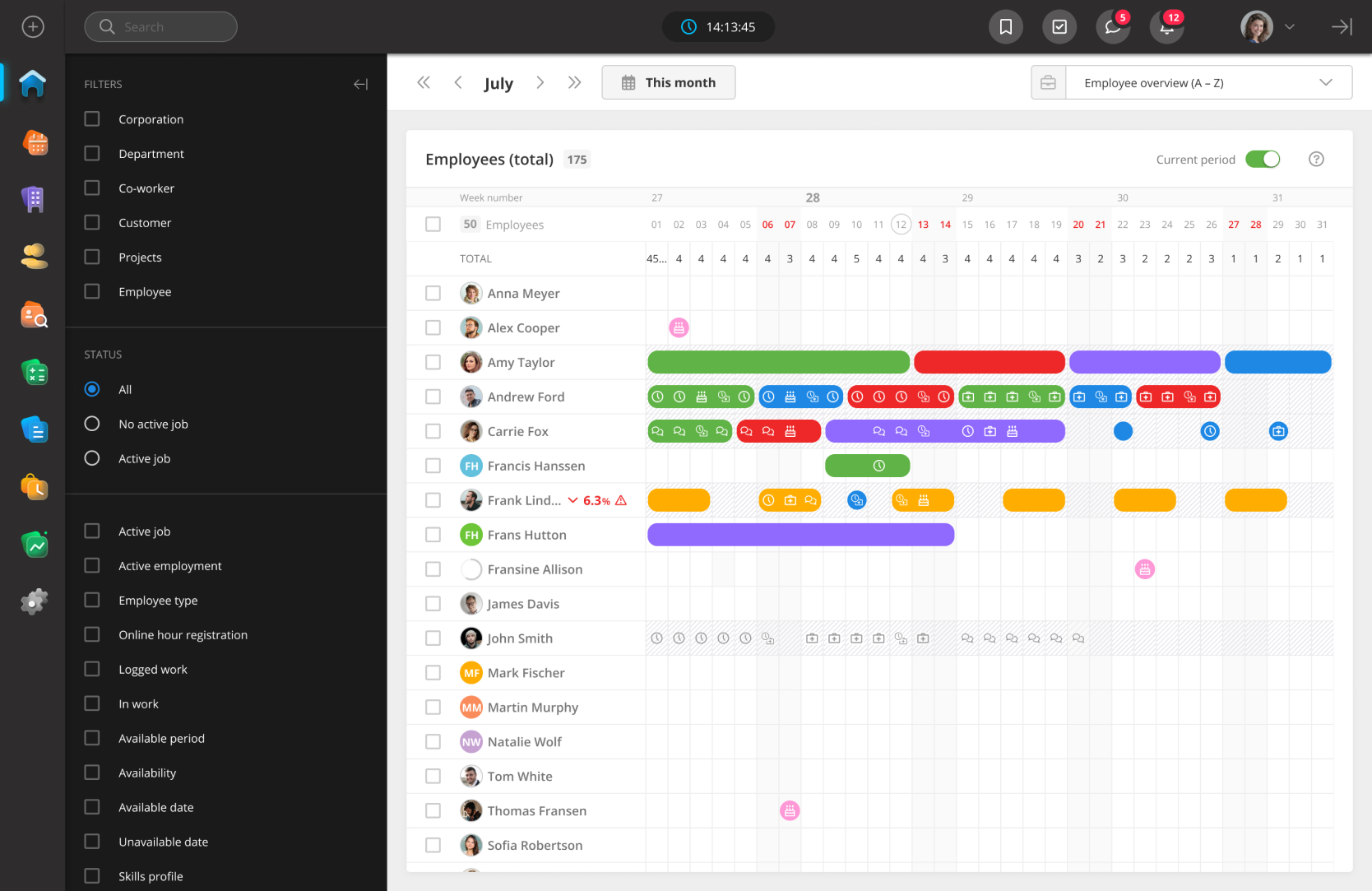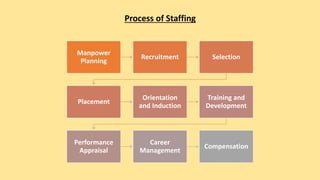Maximize Performance with Integrated Staffing Management Software
Maximize Performance with Integrated Staffing Management Software
Blog Article
Releasing the Power of Information: Enhancing Human Resources Techniques With Cutting-Edge Staffing Management Software
In the quickly progressing landscape of human resources, the application of information has become a pivotal pressure in forming organizational success. As business make every effort to remain agile and affordable, the assimilation of sophisticated staffing management software program stands out as a transformative tool in improving HR processes. By harnessing the power of information analytics, organizations can not just improve their recruitment techniques yet additionally optimize worker retention and efficiency. The synergy in between data-driven insights and progressed technology offers an engaging chance for human resources experts to transform their method towards talent administration.
Relevance of Data-Driven HR Approaches
Why have data-driven human resources strategies end up being essential in modern organization operations? In today's fast-paced and affordable organization environment, companies are significantly counting on data-driven understandings to make enlightened choices. Data-driven human resources methods allow business to optimize their workforce administration, recruitment procedures, and worker interaction initiatives. By examining information associated with employee efficiency, turn over prices, and skill spaces, human resources divisions can identify patterns, forecast future demands, and develop aggressive options to deal with difficulties.
Data-driven human resources strategies likewise play an important role in boosting worker contentment and retention. Through the evaluation of employee feedback, efficiency reviews, and training outcomes, human resources specialists can tailor private advancement strategies, identify high-potential staff members, and foster a culture of constant knowing and development within the organization. Additionally, data-driven insights make it possible for HR groups to straighten their strategies with the general organization goals, making sure that skill monitoring initiatives straight add to organizational success.
Benefits of Staffing Management Software Program
Making use of staffing monitoring software simplifies the employment and onboarding procedures for HR departments, boosting effectiveness and accuracy in talent acquisition. One substantial benefit of this software is the capability to centralize prospect data, making it easily available for recruitment groups. By having all candidate info in one area, human resources professionals can successfully track candidate progress, communicate properly with prospective hires, and make sure a smooth recruitment experience.
Furthermore, staffing monitoring software program often includes attributes such as resume analyzing and keyword matching, which assist in swiftly recognizing top prospects that match the job requirements. This automation reduces the moment invested in hand-operated return to evaluating, permitting human resources personnel to concentrate on more calculated jobs. staffing management software. Additionally, these systems can incorporate with task boards and social media systems, increasing the reach of work postings and bring in a varied pool of candidates
Moreover, analytics and reporting devices within staffing administration software give useful insights into employment metrics, such as time-to-fill and cost-per-hire. This data-driven method enables human resources teams to make enlightened decisions, maximize recruitment methods, and boost overall hiring processes. By leveraging these benefits, companies can simplify their skill purchase efforts, enhance candidate experience, and ultimately develop a strong workforce.
Enhancing Recruitment Processes With Data
Using data-driven techniques in employment procedures has come to be significantly crucial for organizations seeking to improve their skill purchase results. By leveraging information, business can make even more enlightened choices throughout the employment lifecycle, ultimately resulting in better hires and enhanced retention rates. One key method data boosts recruitment processes is by maximizing work posts based upon understandings from past successful hires. Analyzing metrics such as the resource of top talent, time to load placements, and prospect quality can assist employers tailor task summaries to attract the appropriate prospects efficiently.
Moreover, information analytics can streamline the screening and choice procedure by determining patterns in candidate certifications and performance signs. On the whole, incorporating data into recruitment procedures encourages organizations to make smarter working with choices and build high-performing groups.
Improving Worker Retention Via Technology

One means innovation can improve staff member retention is with the use of employee involvement systems. These platforms enable real-time comments, acknowledgment, and interaction in between employees and management, promoting a society of appreciation and support. Furthermore, modern technology can make it possible for customized discovering and growth programs customized to specific employee demands and profession ambitions, increasing work complete satisfaction and commitment.
In addition, information analytics devices can assist organizations identify fads and patterns related to employee turn over, allowing them to take positive actions to deal with prospective concerns before they escalate. In general, by leveraging innovation efficiently, companies can develop a more helpful and engaging work setting that urges staff members to grow and stay within the firm.
Optimizing Labor Force Productivity With Data

With the evaluation of information, human resources divisions can identify patterns and patterns that influence productivity levels. As an example, by tracking staff member job hours and job completion prices, organizations can maximize work schedules to make certain that tasks are efficiently distributed among employee. Additionally, information can disclose skill spaces within the labor force, visit this site enabling human resources to implement targeted training programs that improve employee abilities and total productivity.
In addition, data-driven performance analyses allow supervisors to provide particular comments and support to staff members, promoting a culture of continuous improvement. Generally, leveraging data to optimize labor force efficiency is a calculated approach that empowers organizations to achieve their objectives properly and effectively.
Conclusion
Finally, utilizing innovative staffing monitoring software can significantly boost human resources methods by leveraging the power of information. By incorporating data-driven employment processes, boosting staff member retention with technology, and optimizing labor force efficiency, companies can streamline their operations, make even more enlightened decisions, and ultimately attain higher success in handling their human funding. Embracing look at this site these technical innovations is important in the ever-evolving landscape of human resource administration.
Data-driven Human resources approaches make it possible for companies to optimize their workforce management, recruitment procedures, and staff member interaction campaigns. By evaluating data associated to employee efficiency, turnover rates, and skill voids, HR departments can recognize patterns, predict future requirements, and create positive remedies to attend to difficulties.

Report this page